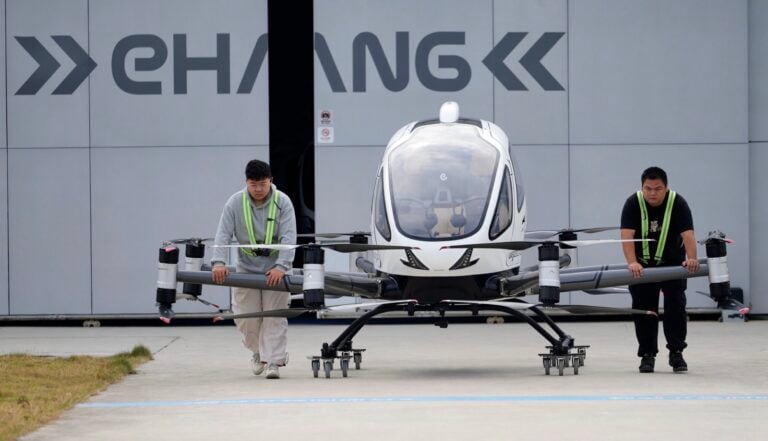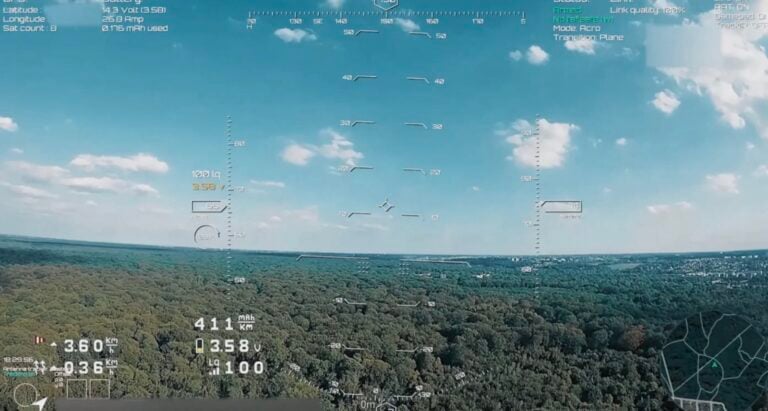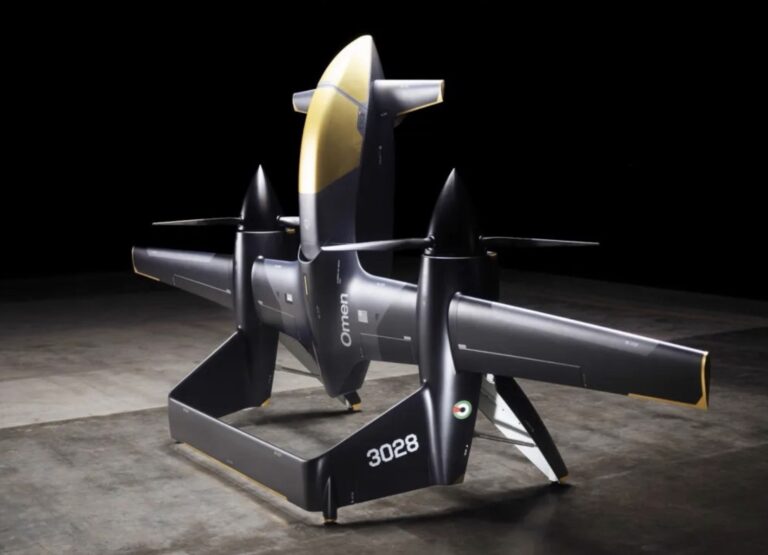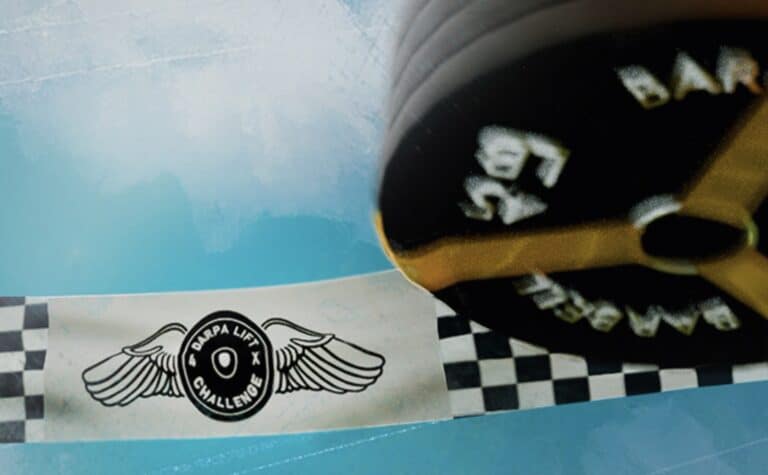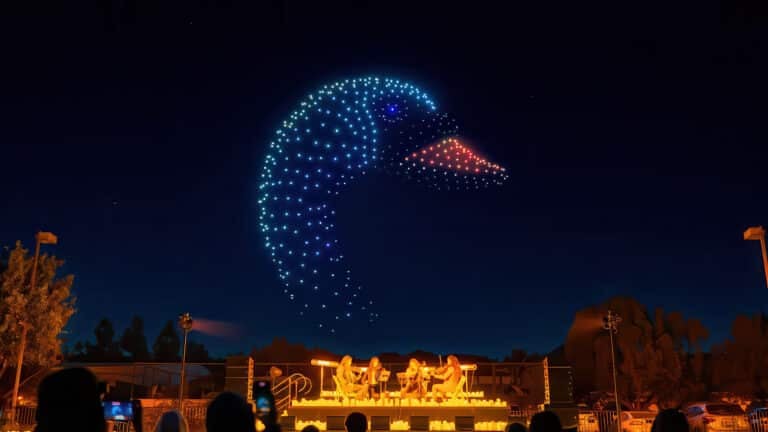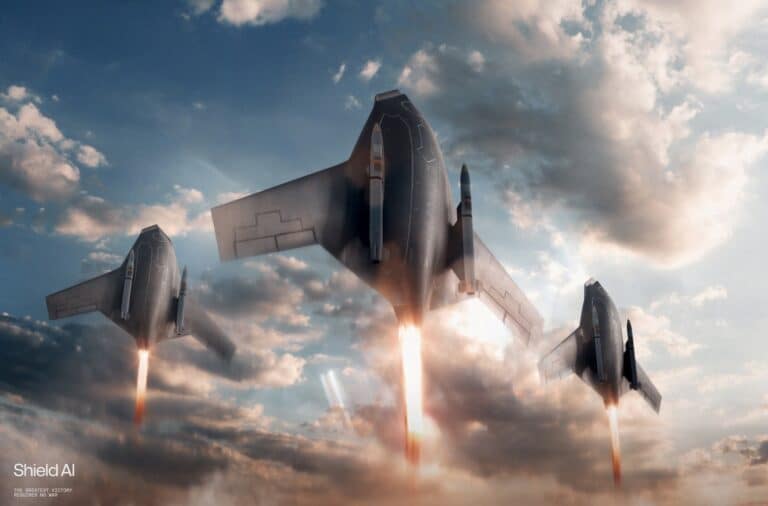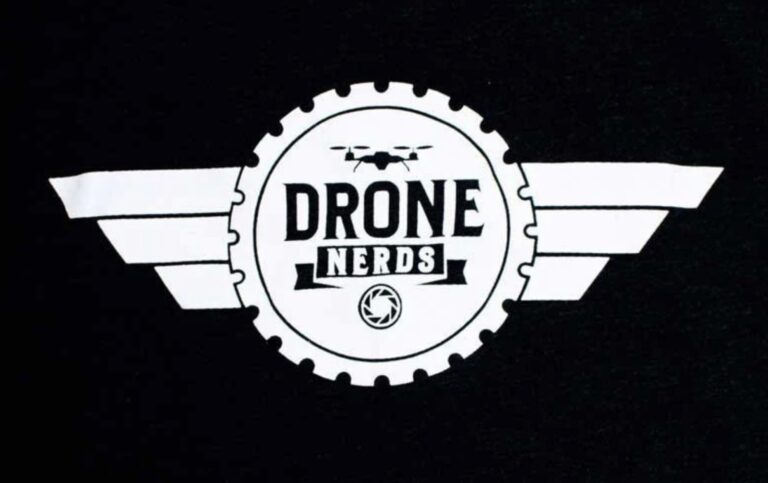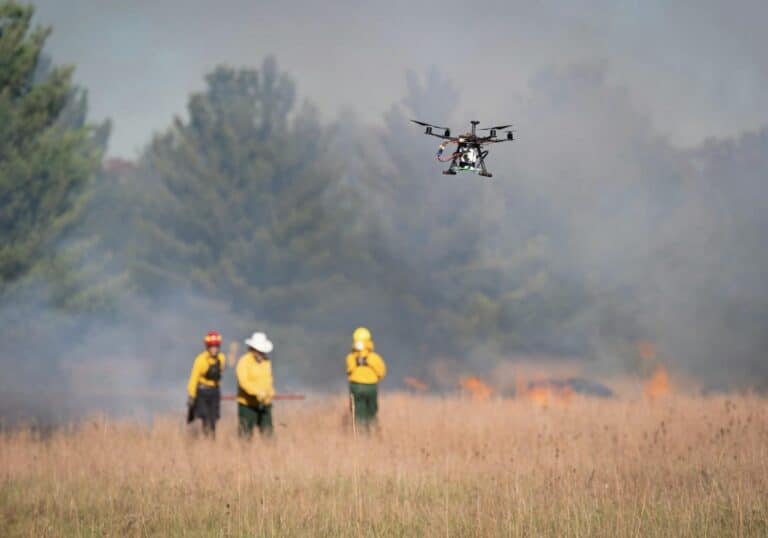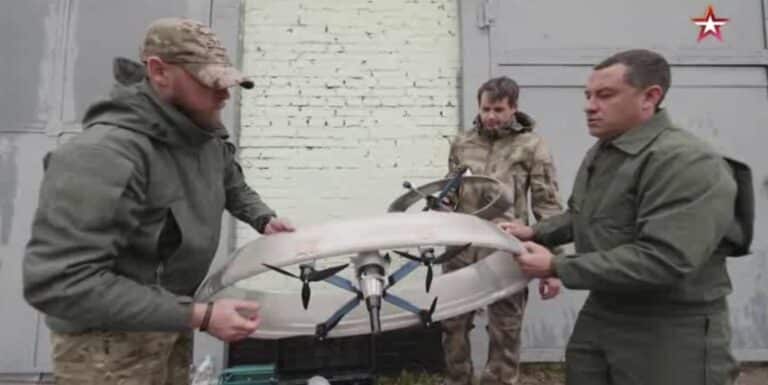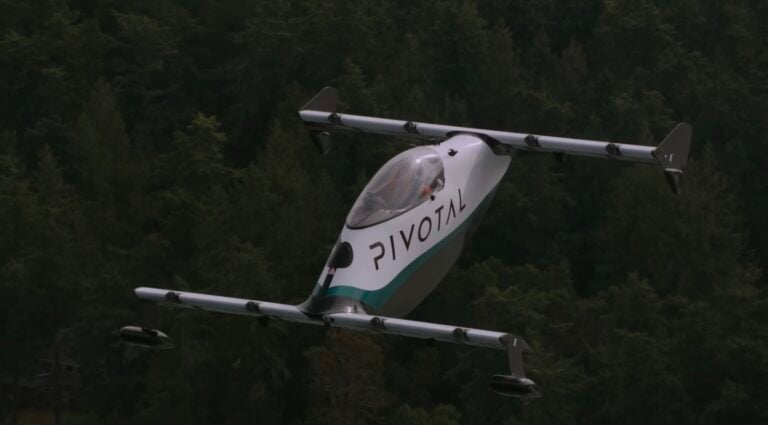Delivery by drone requires up to 94% less energy than delivery by van

According to a recently published scientific study, delivery by drone requires up to 94% less energy than delivering the same package by a diesel-powered van. Even a small electric car is less economical per delivered package than a drone. Only an electrically powered cargo bike is slightly more energy efficient.
Energy model
The results of the study were published in the scientific journal Cell. According to the researchers, there is an increasing need for knowledge about the energy requirements of drone-based delivery methods compared to other delivery methods such as large and small delivery vans, electric cars, and electric cargo bicycles.
Therefore, the researchers created a database containing data from 188 drone delivery flights, varying package weight, flight speed, and altitude. The average distance was 2 km as the crow flies. An energy model was then made based on that data, so the results could be compared with regular delivery options.
Delivery by drone up to 94% more energy efficient
The energy model shows that delivering a 0.5 kg package using an electric quadcopter requires 0.08 MJ/km. This translates into an average emission of 70g CO2 per delivered package.
Only an electric cargo bike ensures even fewer emissions. An electric delivery van, on the other hand, quickly produces twice as many emissions per package as a drone. A medium-sized diesel truck is the least energy-efficient option.
The researchers emphasize that the drone that was the model for the calculations (a DJI M100) is not optimized for parcel delivery. Nevertheless, the researchers conclude that drone delivery in a busy urban environment can be up to 94% more energy efficient per package than delivery by diesel-powered trucks. That percentage drops to 29% compared to small electric vans.

VTOL guzzles energy
Another conclusion is that vertical take-off and landing (VTOL) – characteristic of a multirotor drone – costs a lot of energy. The researchers think that in the case of drone delivery, up to 34% of energy can be saved by avoiding this as much as possible.
Cover photo for illustration. Source: Verizon/UPS/Skyward
This article first appeared on Dronewatch and is written by Wiebe de Jager who is also a DroneXL contributor.
Discover more from DroneXL.co
Subscribe to get the latest posts sent to your email.
Check out our Classic Line of T-Shirts, Polos, Hoodies and more in our new store today!

MAKE YOUR VOICE HEARD
Proposed legislation threatens your ability to use drones for fun, work, and safety. The Drone Advocacy Alliance is fighting to ensure your voice is heard in these critical policy discussions.Join us and tell your elected officials to protect your right to fly.
Get your Part 107 Certificate
Pass the Part 107 test and take to the skies with the Pilot Institute. We have helped thousands of people become airplane and commercial drone pilots. Our courses are designed by industry experts to help you pass FAA tests and achieve your dreams.

Copyright © DroneXL.co 2025. All rights reserved. The content, images, and intellectual property on this website are protected by copyright law. Reproduction or distribution of any material without prior written permission from DroneXL.co is strictly prohibited. For permissions and inquiries, please contact us first. DroneXL.co is a proud partner of the Drone Advocacy Alliance. Be sure to check out DroneXL's sister site, EVXL.co, for all the latest news on electric vehicles.
FTC: DroneXL.co is an Amazon Associate and uses affiliate links that can generate income from qualifying purchases. We do not sell, share, rent out, or spam your email.






